16 Ways Catalog Shopping Was The Original Online Retail (Without The Screen)
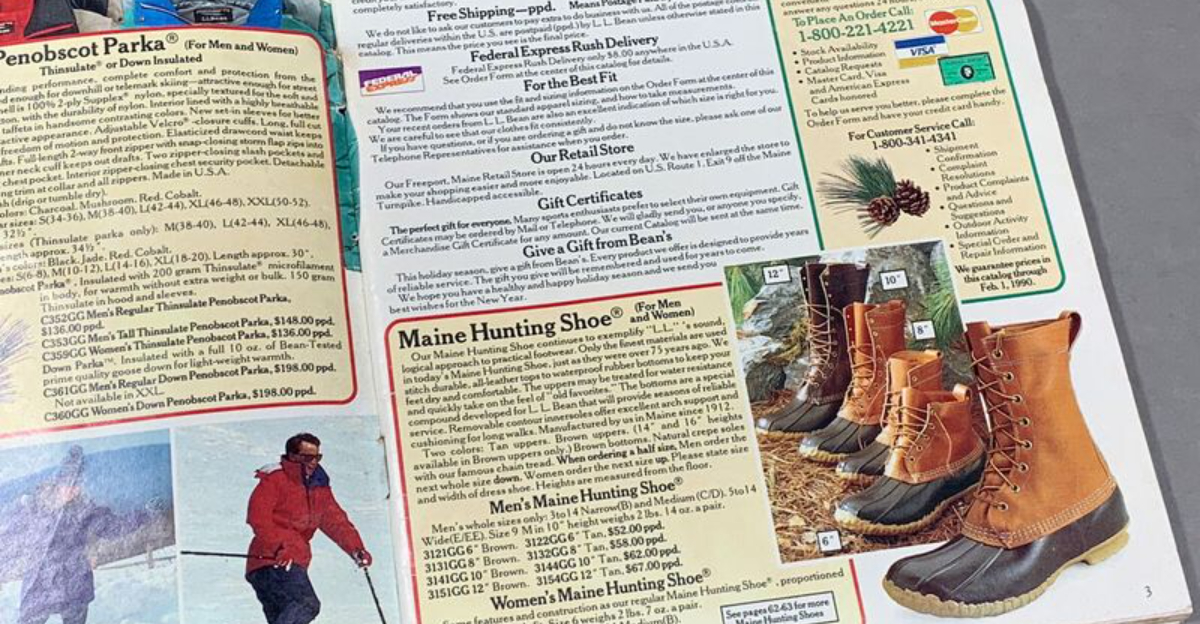
Remember when the arrival of the Sears catalog was basically a national holiday? That thick, glorious book would land with a satisfying thud on the doorstep, and just like that, your living room became the ultimate shopping paradise.
Before smartphones and laptops took over, we had those glossy pages—hundreds of them—packed with everything from corduroy pants to bunk beds to backyard swing sets. We’d sprawl out on the carpet, ballpoint pens in hand, circling our dream items like we were building a wishlist for Santa… even in July.
Catalog shopping was more than just flipping through pretty pictures—it was an event. Families would gather around, debate choices, and even place orders by phone or mail, hoping the item would arrive exactly as imagined.
It wasn’t just a precursor to online retail—it was online retail, minus the Wi-Fi. And honestly? It had a kind of magic that Amazon just can’t replicate.
1. Armchair Browsing Pioneers
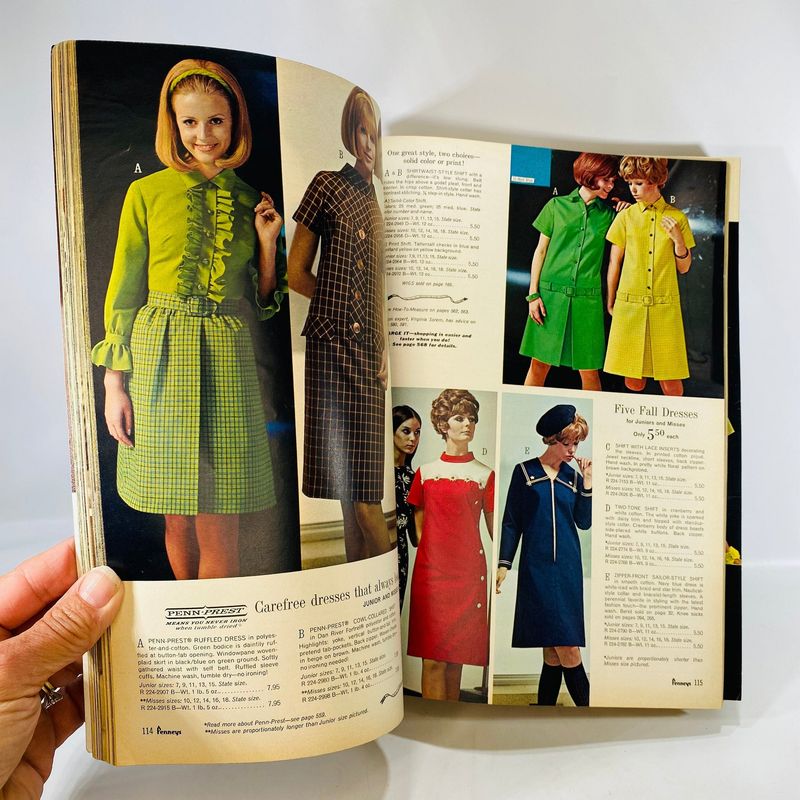
My grandma would settle into her favorite recliner with a fresh cup of tea and the latest JCPenney catalog, ready for her shopping adventure. No need to battle parking lots or try on clothes in cramped dressing rooms!
Catalog shoppers were the original couch surfers of retail. They pioneered the concept of browsing merchandise without leaving home, flipping pages instead of scrolling screens. This revolutionary convenience factor changed how Americans shopped forever.
The catalog transformed ordinary living rooms into personal department stores, available 24/7 without closing times or holiday schedules. Just like modern online shopping, the experience was entirely on the customer’s terms and timeline.
2. Shopping Cart? Try Order Forms
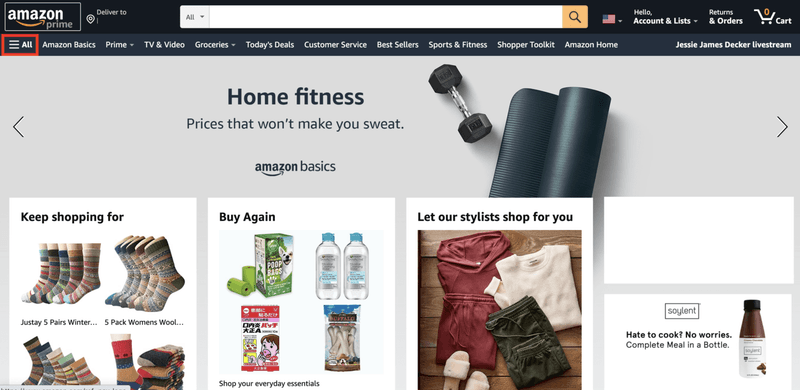
The first time I filled out a catalog order form, I felt like I was conducting serious business. With careful penmanship, I wrote out item numbers, colors, sizes, and quantities—essentially creating the world’s first analog shopping cart.
Those perforated order forms tucked in the center of catalogs functioned exactly like today’s digital checkout systems. Shoppers would collect their selections throughout the browsing experience, then transfer all details to one centralized form.
Mistakes meant crossing out lines or starting over—no convenient delete button existed! This methodical process taught consumers to be deliberate about purchases, creating the purchasing psychology that would later transfer seamlessly to online shopping.
3. Product Images Worth a Thousand Clicks
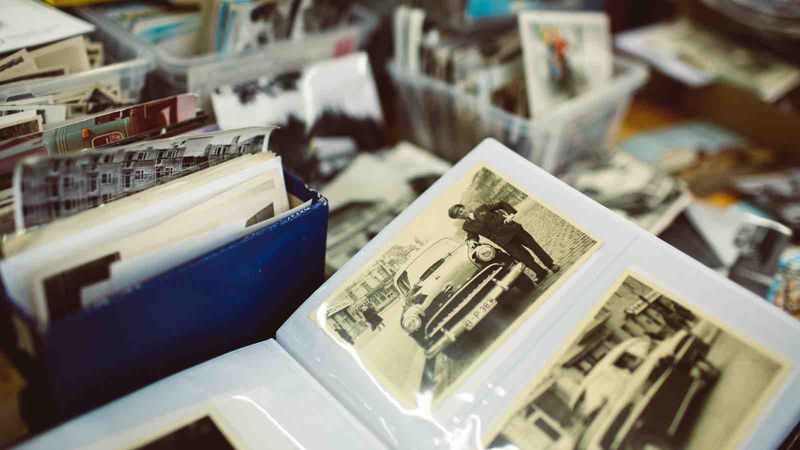
Flipping through the Sharper Image catalog as a kid, I’d spend hours staring at gadgets I couldn’t afford but desperately wanted. Those carefully staged product photos were doing exactly what today’s e-commerce photography does—selling the dream!
Catalog photography pioneered the art of selling products through compelling visuals. Professional photographers created aspirational scenes showing products in idealized settings, making shoppers imagine items in their own lives.
Companies invested fortunes in these photo shoots, understanding that visual appeal directly affected sales. The techniques developed for catalog photography—multiple angles, lifestyle contexts, and detailed close-ups—became the exact blueprint for modern product photography on websites like Amazon.
4. Detailed Product Descriptions Before SEO Existed
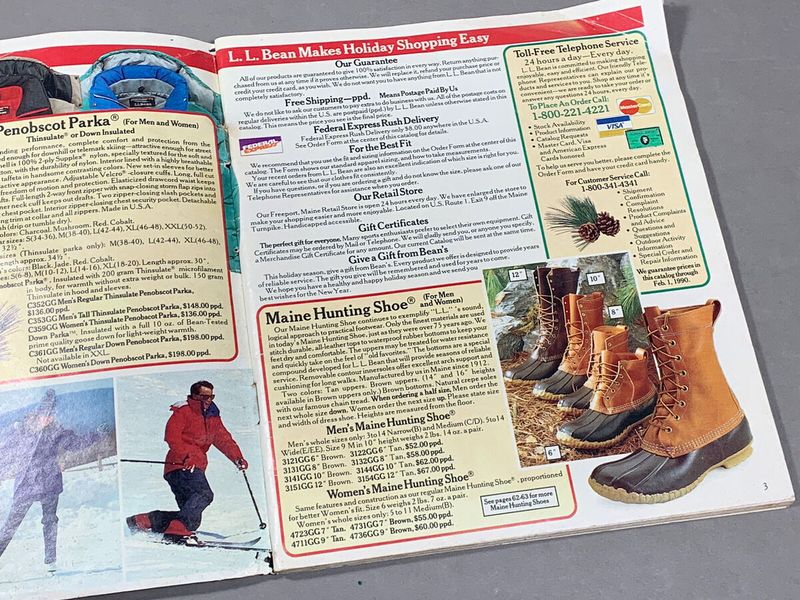
“Wrinkle-resistant poplin with reinforced stitching and mother-of-pearl buttons.” I still remember that L.L.Bean shirt description that convinced my dad to place an order in 1989. Catalog copywriters were masters at selling through words alone.
Long before search engine optimization, catalog writers perfected the art of compelling product descriptions. They balanced technical specifications with emotional benefits in limited space, creating copy that addressed customer concerns without the benefit of reviews or FAQs.
These writers pioneered techniques still used in e-commerce today—highlighting unique selling points, addressing potential objections, and using sensory language to compensate for the inability to touch products. Their work established the template for all digital product descriptions that followed.
5. Seasonal Catalogs as Shopping Events
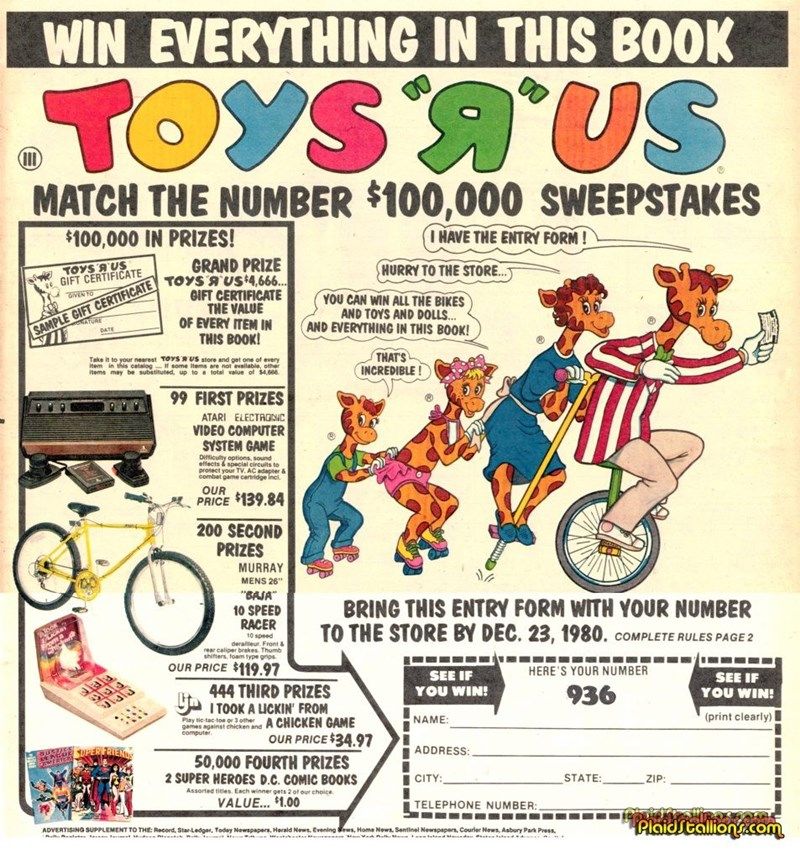
The arrival of the Toys “R” Us Christmas catalog was practically a holiday itself in our house! My sister and I would fight over who got to look at it first, then spend weeks marking pages and creating wish lists.
Seasonal catalogs created shopping events that trained consumers to anticipate new merchandise drops. The Sears Wishbook, Neiman Marcus Christmas Book, and other seasonal specials generated excitement and urgency just like today’s Amazon Prime Day or Cyber Monday.
These limited-time catalogs established the concept of seasonal shopping cycles, teaching consumers to expect new products at specific times of year. Modern retailers still follow this exact calendar of seasonal promotions pioneered by catalog companies decades ago.
6. Targeted Marketing Before Cookies Tracked You
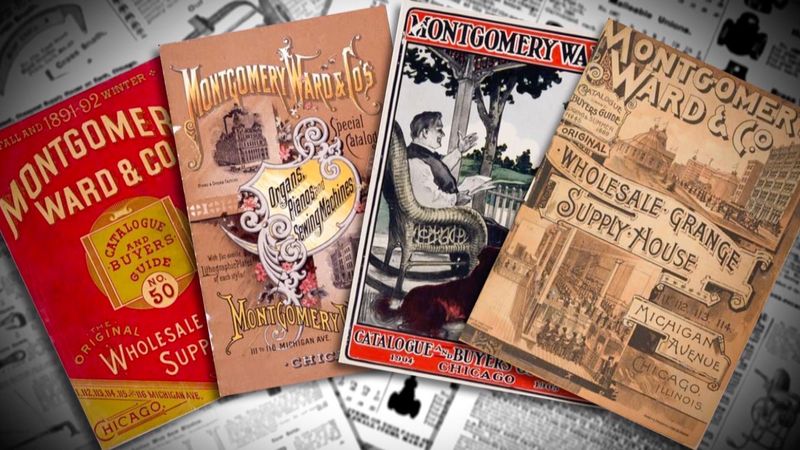
My aunt received the Victoria’s Secret catalog every month like clockwork, while my uncle got nothing but Cabela’s hunting gear catalogs. How did companies know their preferences without algorithms? They were data mining before it was cool!
Catalog companies pioneered customer segmentation decades before digital tracking. They meticulously analyzed purchase histories, demographics, and response rates to determine which households received which catalogs.
By purchasing mailing lists from complementary businesses and tracking which catalog versions generated the most orders, retailers created surprisingly accurate customer profiles. This sophisticated targeting laid the groundwork for the personalized marketing that defines online shopping today, proving that understanding customer preferences has always been retail’s secret weapon.
7. Phone Operators: The Original Customer Service Chat

“Hold for the next available representative” wasn’t just an online feature! I remember my mom calling the Lands’ End 1-800 number to ask detailed questions about a winter coat before ordering. The patient rep answered everything just like today’s chat support.
Catalog companies maintained extensive call centers staffed with knowledgeable representatives who could answer product questions, check inventory, and place orders. These phone operators provided the human touch that e-commerce sites later tried to replicate with live chat features.
Representatives were trained to overcome objections, suggest complementary items, and provide the personalized service missing from the catalog format. This telephone support system established customer service expectations that continue to shape how we interact with online retailers today.
8. Mail-Order Returns: The Original Hassle-Free Policy
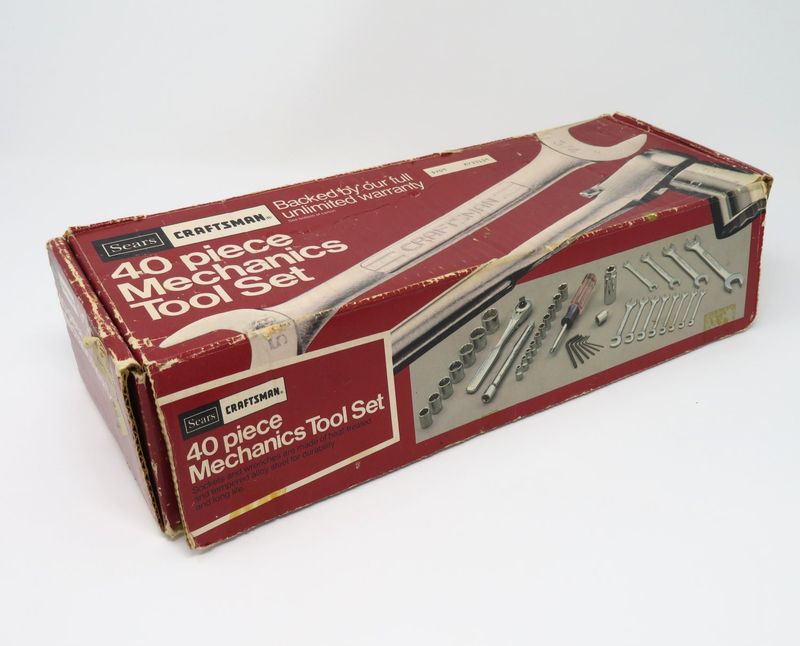
When my dad’s Craftsman tools arrived damaged in 1992, Sears sent a return label without question. He simply repackaged the items, and the mailman picked them up the next day—exactly how we handle Amazon returns now!
Catalog companies pioneered hassle-free return policies that built consumer confidence in remote shopping. They recognized that generous return policies were essential to overcome the inherent risk of purchasing unseen merchandise.
The systems developed for processing mail returns—prepaid labels, return authorization numbers, and refund tracking—created the blueprint for modern e-commerce return processes. This customer-friendly approach helped normalize the idea that you could buy something without seeing it first, knowing you could easily send it back if unsatisfied.
9. Wish Lists Before Digital Bookmarking
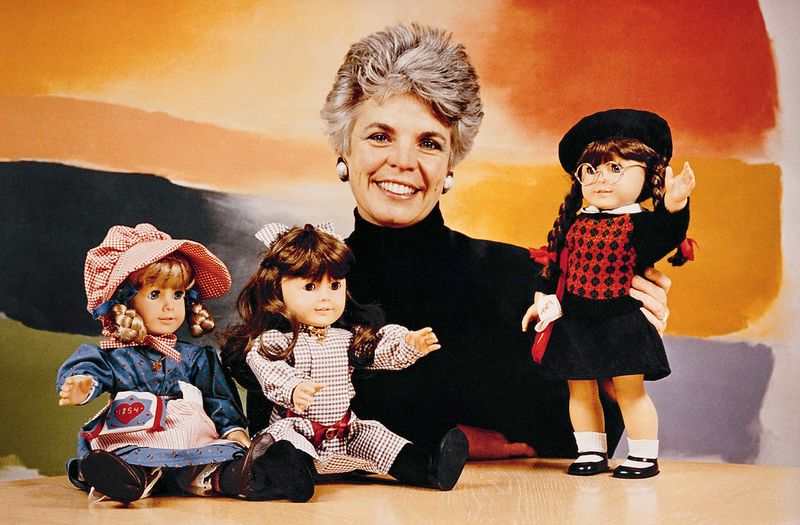
Dog-eared pages, paper clips, and pencil stars—my childhood catalogs were full of primitive bookmarking systems! I’d spend weeks flagging potential birthday gifts in the American Girl catalog, creating an analog wish list for my parents to reference.
These physical marking methods were the original shopping wish lists. Catalog shoppers developed personal systems for flagging items of interest, from folding page corners to using colorful sticky notes or circling items in red pen.
Family members would browse each other’s marked catalogs to find gift ideas, creating a shared shopping experience. This practice of saving items for later consideration directly evolved into the wish list and favorites features that are now standard on every e-commerce platform, proving that the desire to bookmark potential purchases transcends technology.
10. Credit Options That Pioneered Buy Now, Pay Later
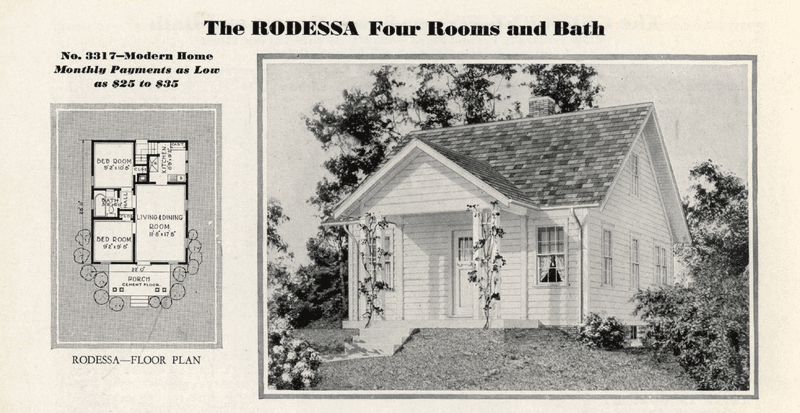
“Four easy payments of $19.95!” wasn’t invented by late-night infomercials. My grandparents furnished their entire first home through the Sears catalog’s monthly payment plan in the 1950s, never putting down more than a few dollars at once.
Catalog retailers pioneered consumer credit systems that made big purchases accessible to average Americans. Montgomery Ward introduced the first installment payment plan in 1890, revolutionizing how people could afford larger items without saving the full amount first.
These early financing programs established the foundation for modern buy-now-pay-later services like Affirm and Klarna. The psychological appeal remains identical—breaking large purchases into manageable payments makes spending feel less painful and more accessible, a retail psychology that transcends the shopping medium.
11. Exclusivity Through Specialty Catalogs
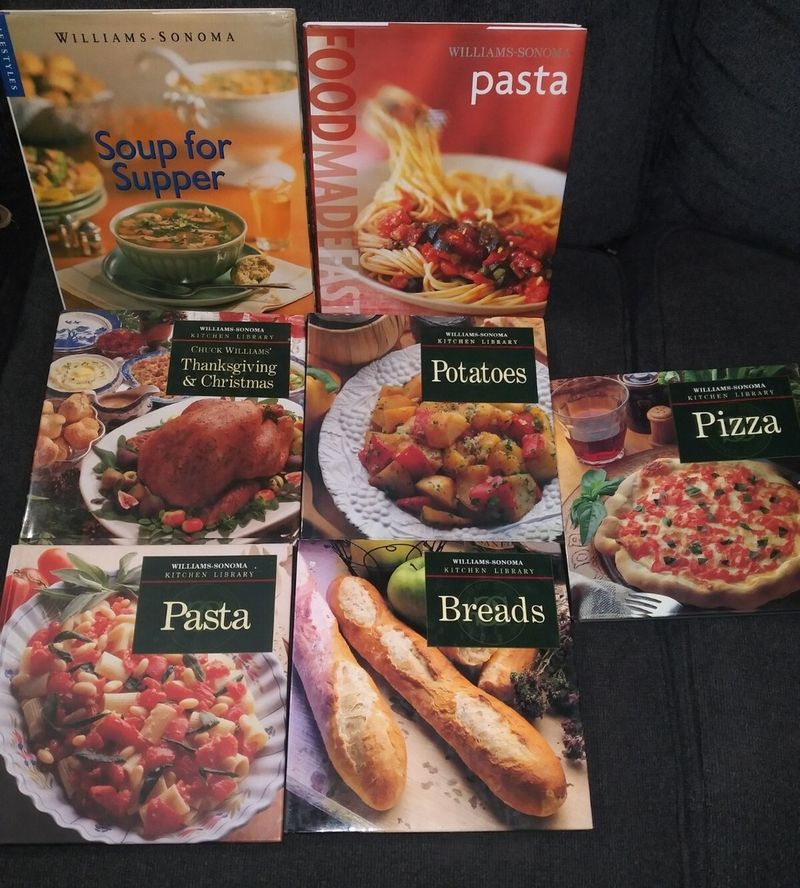
My uncle received a special “Preferred Customer” Williams-Sonoma catalog in the 90s with products not available in stores. He’d strut around like he’d joined some exclusive club, showing off copper pots only available to catalog shoppers!
Specialty catalogs created the feeling of insider access long before “exclusive online offers.” Companies developed specialized catalogs for different customer segments, offering unique merchandise, early access to new products, or special pricing to their best customers.
These curated collections made shoppers feel special and recognized, building brand loyalty through exclusivity. The psychology behind these specialty catalogs—making customers feel like privileged insiders—directly influenced the development of member-only online shopping experiences like Amazon Prime, proving that exclusivity has always been a powerful retail motivator.
12. International Shopping Before Global E-Commerce

In 1988, my fashion-forward aunt ordered a French perfume from a specialty catalog that felt impossibly exotic to my small-town sensibilities. She was essentially doing international shopping decades before most Americans had internet access!
Specialty catalogs provided access to international products that were otherwise unavailable to most consumers. Companies like Horchow and Gump’s sourced merchandise from around the world, bringing global shopping to American households long before international e-commerce became common.
This exposure to international goods expanded consumer horizons and created appetite for products beyond local availability. The catalog industry essentially trained Americans to desire and trust foreign merchandise, paving the way for the global marketplace that defines online shopping today.
13. Gift Services: The Original One-Click Shipping
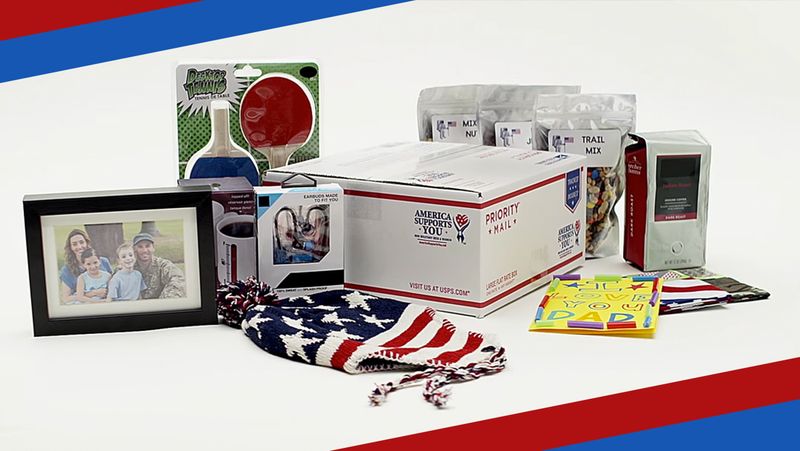
When I went to college in 1995, my grandmother discovered the “ship to another address” option in the Harry & David catalog. Suddenly, care packages arrived at my dorm without her leaving her house—she had mastered remote gifting!
Catalog companies pioneered gift-sending services that removed geographical barriers from gift-giving. They developed sophisticated systems for shipping to recipients other than the buyer, including gift wrapping, personalized messages, and timed deliveries for special occasions.
These services made long-distance gift-giving convenient decades before Amazon made one-click gifting the norm. The entire infrastructure of modern gift delivery—from gift receipts to special packaging to delivery notifications—was established by catalog retailers who recognized the emotional value of helping customers connect with distant loved ones.
14. Product Reviews Before User-Generated Content
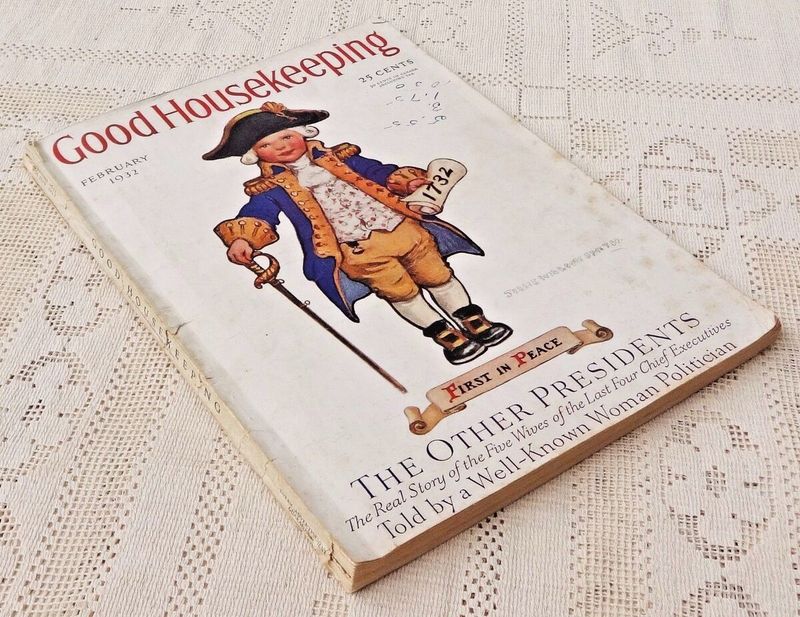
“As featured in Good Housekeeping” stamps on catalog items were the original five-star reviews! I remember my mother trusting these endorsements completely, viewing them as proof that real people had tested and approved products.
Before user-generated reviews, catalogs incorporated trust signals through expert endorsements, testimonials, and third-party certifications. These early forms of social proof helped overcome the inherent skepticism of purchasing unseen merchandise.
Companies would highlight media mentions, celebrity endorsements, or satisfaction guarantees to build confidence in their offerings. These techniques directly evolved into the robust review systems that power e-commerce today, demonstrating that the need for social validation in shopping decisions has remained constant even as technology has changed.
15. Product Bundling Before “Frequently Bought Together”
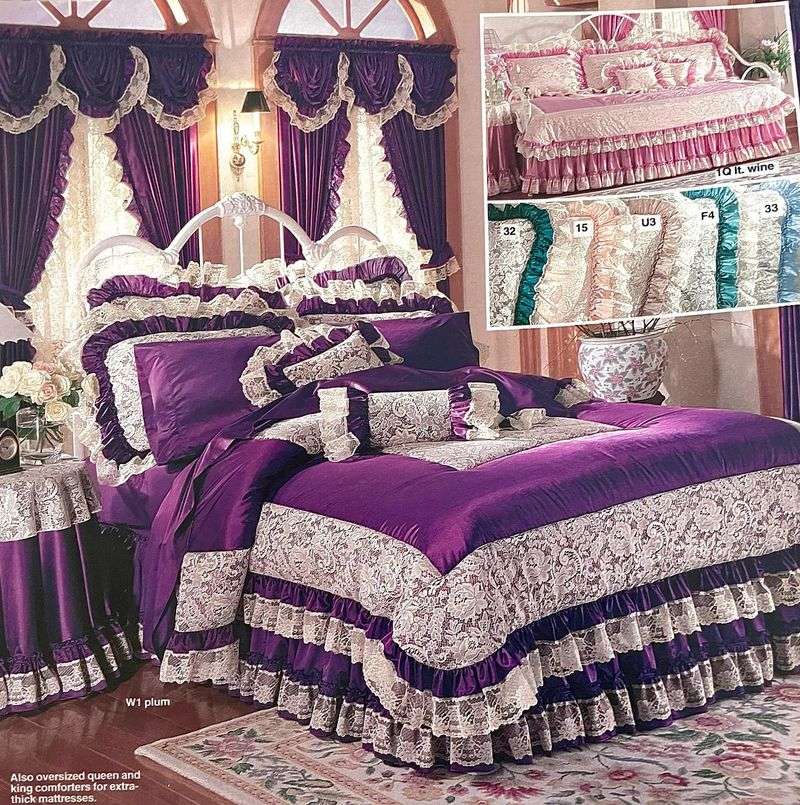
The “Complete Bedroom Set” in the JCPenney catalog was selling me bundled products before Amazon knew I needed matching pillowcases with my sheets! My first apartment was furnished entirely with these clever package deals.
Catalog merchandisers mastered the art of product bundling, grouping complementary items at special combined prices. They created coordinated collections, complete outfits, and room packages that encouraged larger purchases while simplifying consumer decision-making.
These bundles served dual purposes: increasing average order value while helping shoppers visualize complete solutions rather than individual products. This merchandising strategy transferred directly to online retail’s “frequently bought together” and “complete the look” features, proving that smart bundling transcends the shopping medium.
16. Catalog Subscription Models Predated Digital Memberships

Every September, my teacher mom would receive the “Teacher’s Edition” of educational supply catalogs without requesting them. Companies tracked her purchases and automatically sent relevant catalogs—a primitive version of today’s personalized content feeds!
Catalog companies pioneered subscription models that anticipated customer needs based on past behavior. They developed sophisticated systems to determine which customers should receive which catalogs and when, creating personalized marketing cycles.
Retailers like Pottery Barn and Williams-Sonoma would automatically send different seasonal catalogs to their customer base without requiring opt-ins for each edition. This automatic content delivery system established the expectation of receiving personalized shopping suggestions that now defines our digital experience with services like Amazon Prime and subscription boxes.
